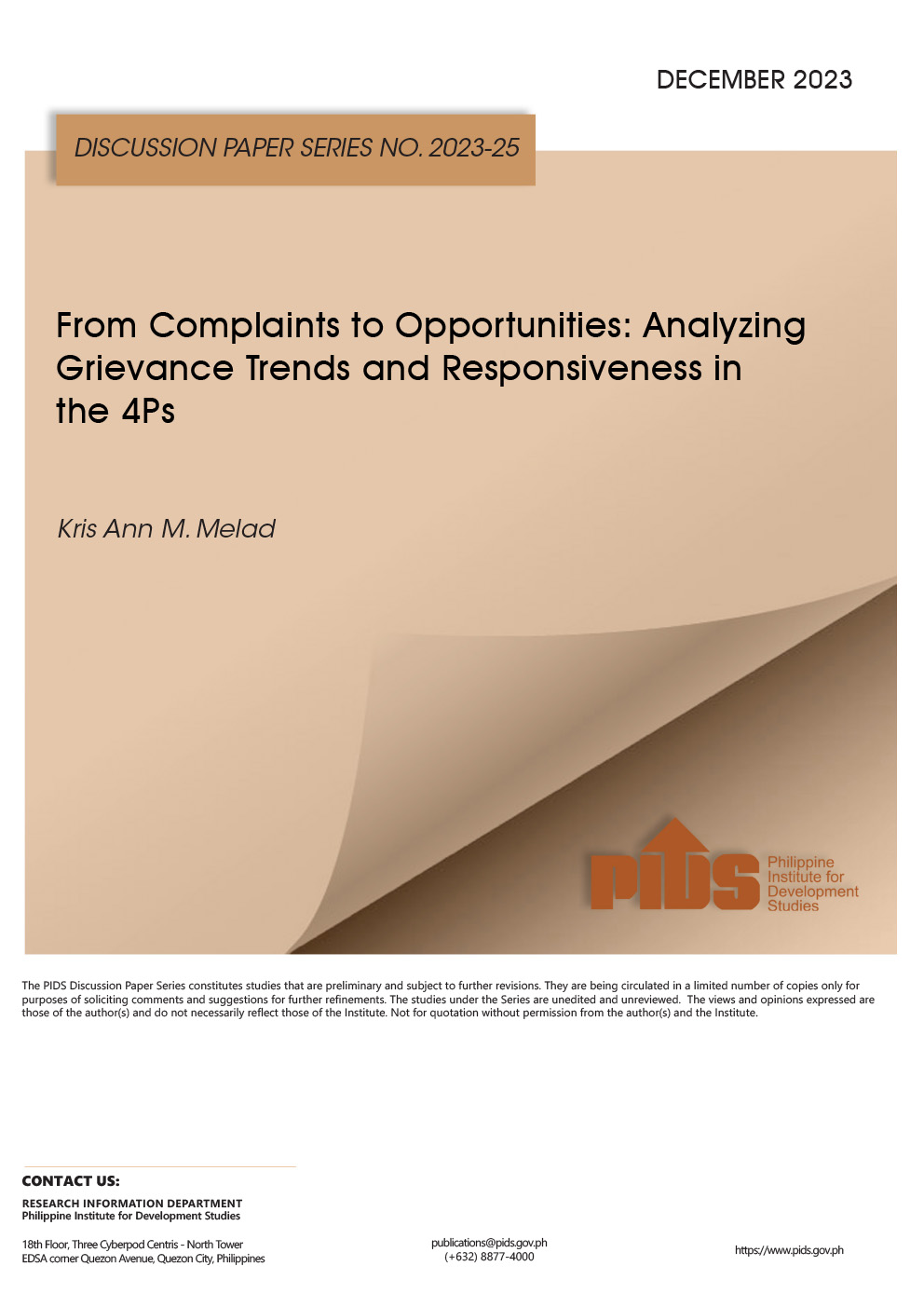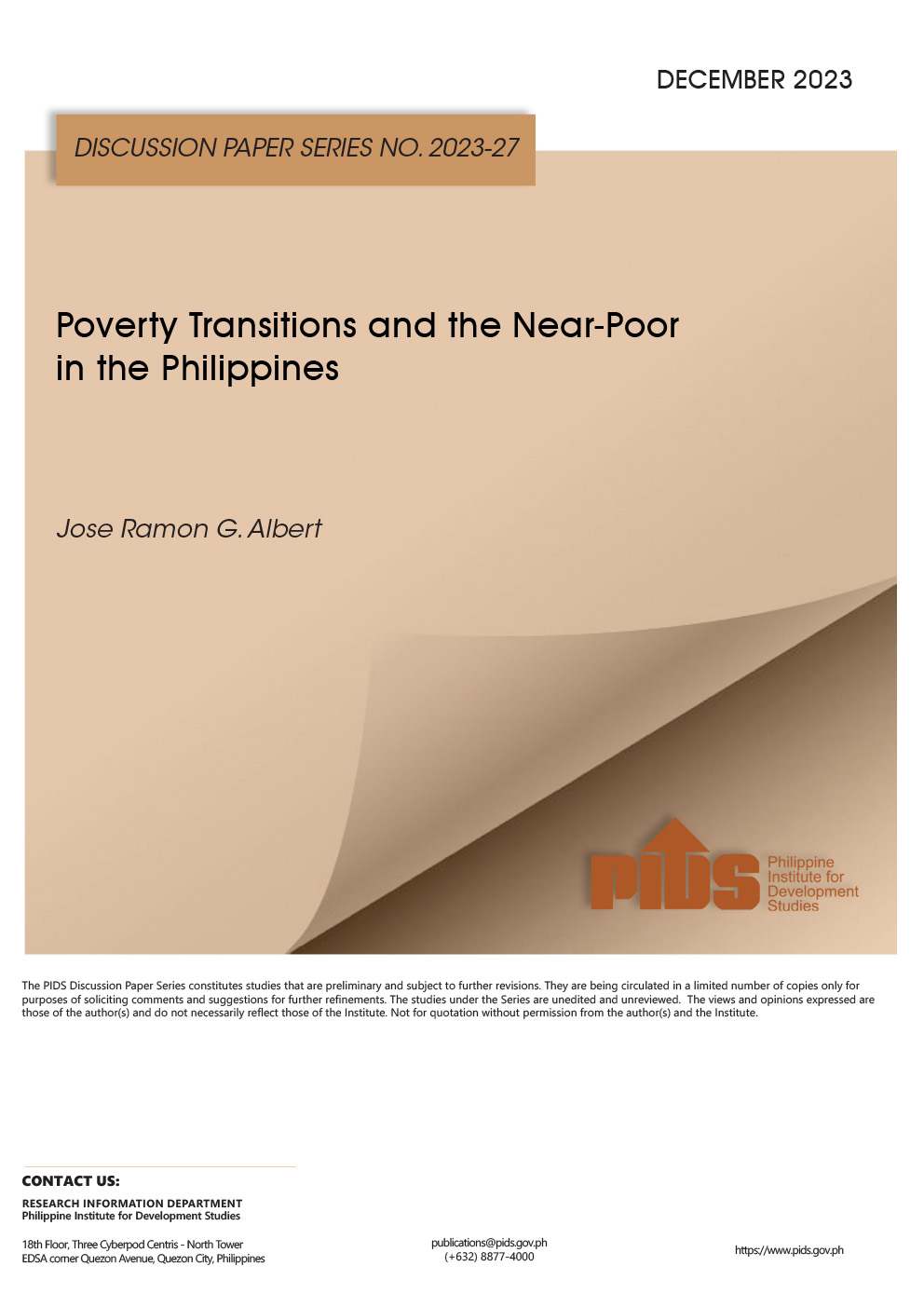The Philippine Statistics Authority (PSA) should first resolve questions concerning the indicators used in its multidimensional poverty (MP) statistics before institutionalizing it to prevent the release of flawed estimates that could affect policy-making, according to an expert.
Philippine Institute for Development Studies (Pids) Senior Research Fellow Jose Ramon G. Albert said the PSA needs to enhance its multidimensional poverty index (MPI) as some of its initial indicators are yielding “questionable” results.
For one, Albert pointed out that the PSA’s MPI considers a family as educationally deprived if one of its members did not finish high school.
This, he explained, is not aligned with the global MPI which considers a family as educationally deprived when a member did not finish elementary.
“For example, a tycoon did not finish high school. So his family is immediately considered as deprived. Would you believe that?” he told the BusinessMirror after a public seminar at the Pids held in Quezon City last Friday.
He said the PSA should subject the MP statistics to further scrutiny before it becomes comfortable in releasing it regularly.
Albert and his colleague, Pids Research Assistant Jana Flor V. Vizmanos, did a study on the crafting of the MPI in the Philippines and found that data are not yet robust due to “conflicting” results from different indicators.
Pool of experts
HE also said the PSA should consult a pool of experts in crafting its MPI instead of just relying on government officials.
Experts would be able to effectively point out issues with indicators such as the one about educational attainment, he said.
He added that the PSA used to have committees comprised of technical experts in studying poverty statistics and even crafting surveys. Today, the PSA only has an interagency committee comprised of representatives from various government agencies.
“It’s important that there should be more experts talking rather than only people from government agencies talking among themselves,” he said. “Once data becomes an official statistics, everybody takes it as bible truth.”
In November, the PSA released the results from its initial run of the MPI, which has yet to be approved by the PSA Board.
In its initial methodology, the PSA, an attached agency of the National Economic and Development Authority (Neda), identified 13 indicators across the following four dimensions, namely: education; health and nutrition; housing, water and sanitation; and employment.
The Neda explained that the MPI, which has already been adopted by several countries in the world, captures the multiple deprivations that each person experiences, in relation to education, health and living standards.
In its initial data released last year, PSA noted that Filipino families were most deprived in education.
PSA data showed that, of the 13 indicators, educational attainment had the highest incidence of deprivation among families at 59.3 percent in 2016 and 49.4 percent in 2017.
This meant out of 10 families in 2016 and 5 out of 10 families in 2017 were deprived of basic education.
This also means that 6 out of 10 families in 2016 and 5 out of 10 families in 2017 had at least one family member aged 18 years old and above who did not complete basic education.
The PSA pointed out it would still collect more relevant information to enhance its MPI methodology and would consult stakeholders to come up with an official one.











